On a rocky island near Puerto Rico, a loudspeaker blasts seabird calls into the void.
Fake plastic terns are glued to the rocks around the speaker, their visage multiplied with mirrors glinting in the sun.
This isn’t a modern art installation or a Halloween horror house designed to torment ornithophobes. But seen from a distance, it does resemble a busy seabird colony.
And that’s exactly what we want the birds to think.
Scientists are using seabird attractant devices — mirrors, sound systems, and fake plastic birds — to help restore seabird populations on Desecheo Island. They create the illusion of a bustling seabird colony, which is increasing breeding bird numbers on the island for the first time in half a century.
Rats, Cats, Macaques and Air Strikes
If you could wind the clock back 100 years, you’d find the plastic decoys replaced with real, feathered birds.
“Desecheo was a historically important seabird island in the Caribbean,” says Jose-Luis Herrera-Giraldo, a scientist with Island Conservation. “And it was home to the largest population of brown booby in Puerto Rico and the region.”
Records show that 15 bird species were once found here, seven of which formed large breeding colonies. Between 8,000 and 15,000 brown boobies and a further 10,000 red-footed boobies nested on Desecheo, waddling in between other residents, including brown noddies, bridled terns, magnificent frigatebirds, sooty terns, and laughing gulls.
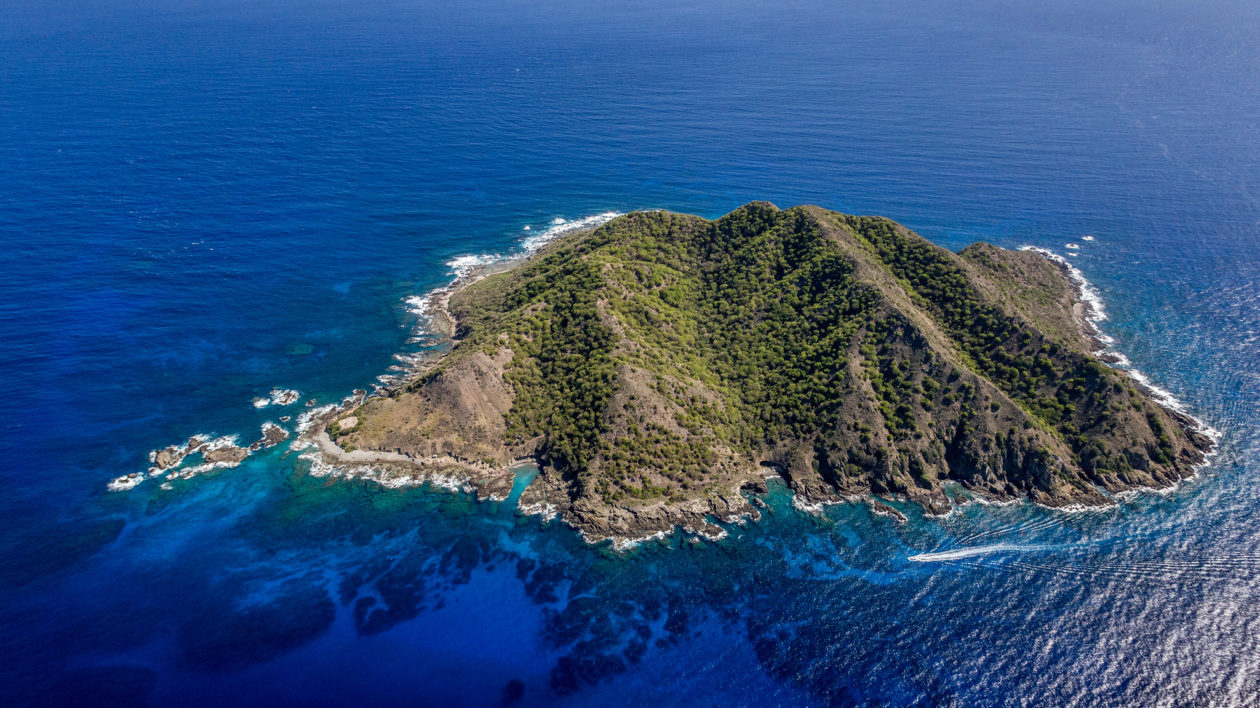
It was a seabird paradise… until the rats arrived. Black rats (Rattus rattus) found their way to Desecheo in the 15th century, piggybacking on the ships of European explorers. Feral goats followed a few centuries later. Then the US Army used the island as a bombing range from World War II to 1952. And, in a final blow to the birds, researchers introduced non-native rhesus macaques in the 1960s.
Between the invasive menagerie and air strikes, Desecheo’s birds couldn’t cope. The famed brown booby colony collapsed from 15,000 birds to zero in just 60 years. Just two of the island’s seven breeding species remain today — the brown noddy and bridled tern — nesting in colonies that are just 2 percent of the historic populations.
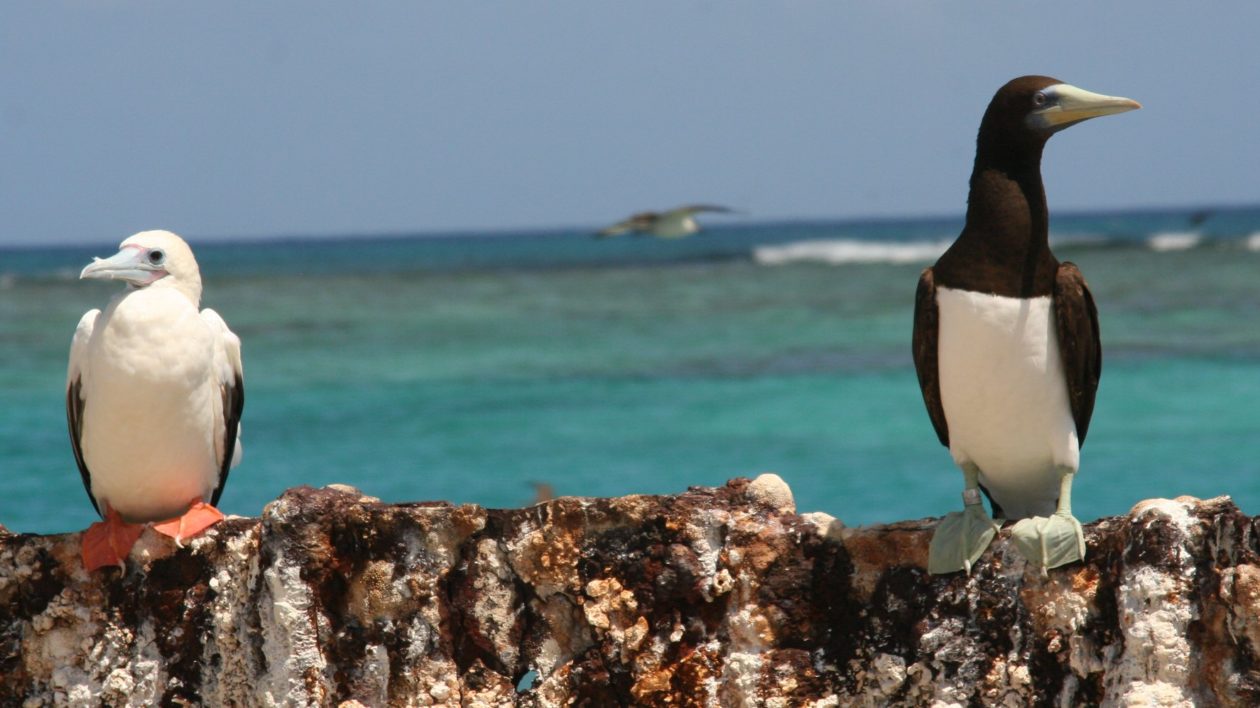
If You Build It, Will They Come?
Conservationists spent the last 40 years extirpating the rats, macaques, and goats from Desecheo, which is now a National Wildlife Refuge. But once an island is predator-free, it doesn’t guarantee that the birds will come back.
Seabirds are a colonial species, nesting with others of their kind in the same locations each year. Once the pattern is broken, it’s hard to convince birds to breed in an unfamiliar location. “The longer a species is extirpated, at a certain point you cross a threshold where that breeding site is no longer in the collective memory of the population,” says Nick Holmes, a scientist at the Nature Conservancy who helped design the project on Desecheo.
So how do you convince the birds to come back?
You can wait a really long time, or you can invite the birds to a disco.
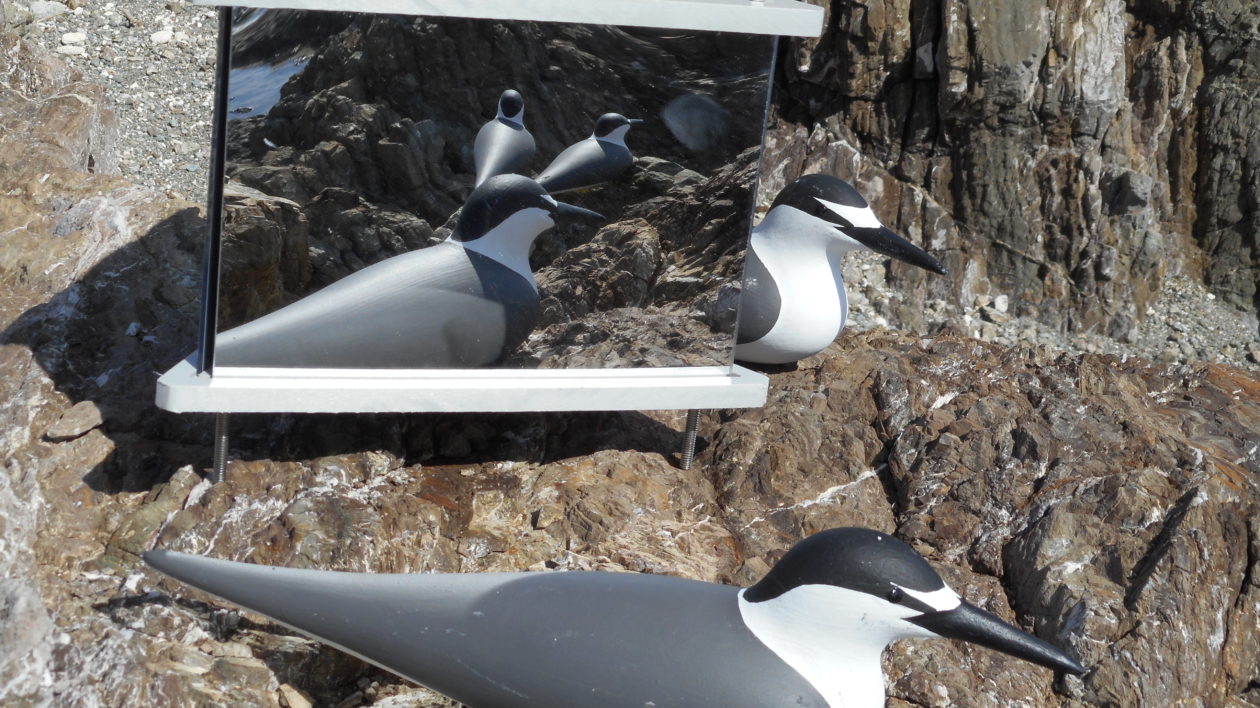
In 2018, scientists from Island Conservation, the US Fish & Wildlife Service, and Effective Environmental Restoration set out to accelerate the return of seabirds to Desecheo.
The idea is simple: if you build a fake bird colony, the real birds will come. But would the birds actually respond? “We can shout in seabird language, but there has to be a bird within earshot,” says Holmes.
The researchers focused on three species: bridled tern, brown noddy, and the Audubon’s shearwater. Terns and noddies were once common breeders on Desecheo, but the Audubon’s shearwater is a different story.
“The Audubon’s shearwater is one of the species of greatest concern in the Caribbean, and their population is quite small,” says Herrera-Giraldo. The species wasn’t known to breed on Desecheo, but in the past several years, observers had heard the species calling offshore at night. So the researchers decided they might as well shout back, and see what happened.
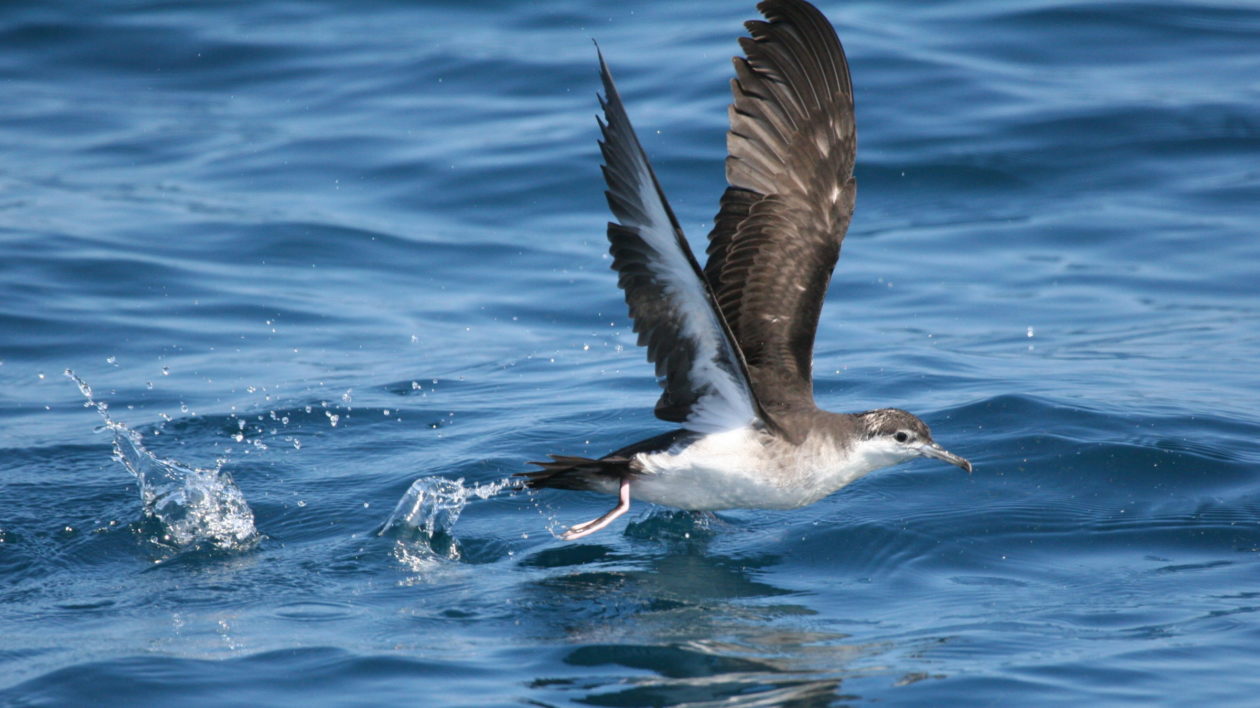
Building a bird disco isn’t as easy as it sounds. Herrera-Giraldo had his colleagues had to ferry out 48 custom-built bird decoys, mirrors, motion-sensing cameras (each with a 90-pound battery) and weather-proof sound systems to three different locations around the island.
They glued the life-sized decoys to the rocks in pairs, facing the sea, and used strategically placed mirrors to multiply the number of visible birds. Then they installed speakers to blast recordings of real tern, noddy, or shearwater colonies out towards the ocean at night.
“Trust me, those speakers are super loud,” says Herrera-Giraldo. On the first night of fieldwork, the researchers accidentally pitched their tents just meters away from a speaker and woke up in a panic when the recordings started after dark.
Herrera-Giraldo notes that the Desecheo project was the first in the Caribbean to use three forms of social attractant device — decoys, mirror, and sound systems.
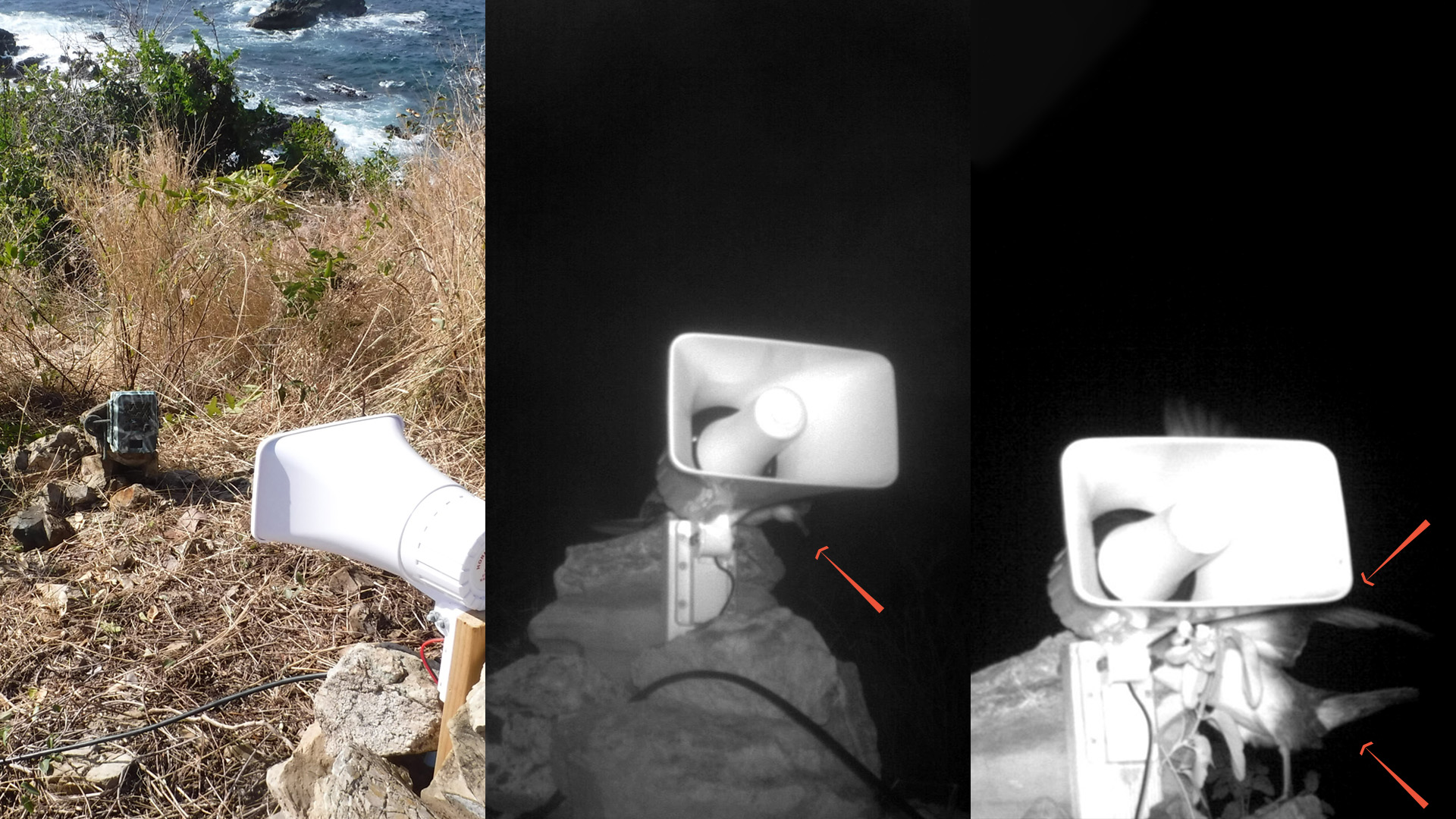
Two years later, the team combed through the camera data to see if any real birds were joining the fake colony. “The early results are very promising,” says Herrera-Giraldo. “They indicate that, in the long term, social-attractant devices could help restore the colonies on Desecheo.”
A handful of bridled terns nested amid the fake colony and in a separate location on the island. Brown noddies weren’t seen nesting or roosting on the island, but scientists did note birds flying over to inspect the fake colony. And for the Audubon’s shearwater, the cameras recorded one individual roosting atop the sound system for three months (apparently impervious to the din), as well as two shearwaters interacting on the island.
That might not sound like much, but Holmes says that it’s a clear success. “In some cases it could take years before we get this response,” he says. “We didn’t expect a bird to turn up and sit on the speaker within 12 months.”
“The whole point is to try and speed up the return,” adds Holmes. “So we have to ask ourselves, without the attractant devices, how long would it have taken for the bird to turn up? A lot longer.”
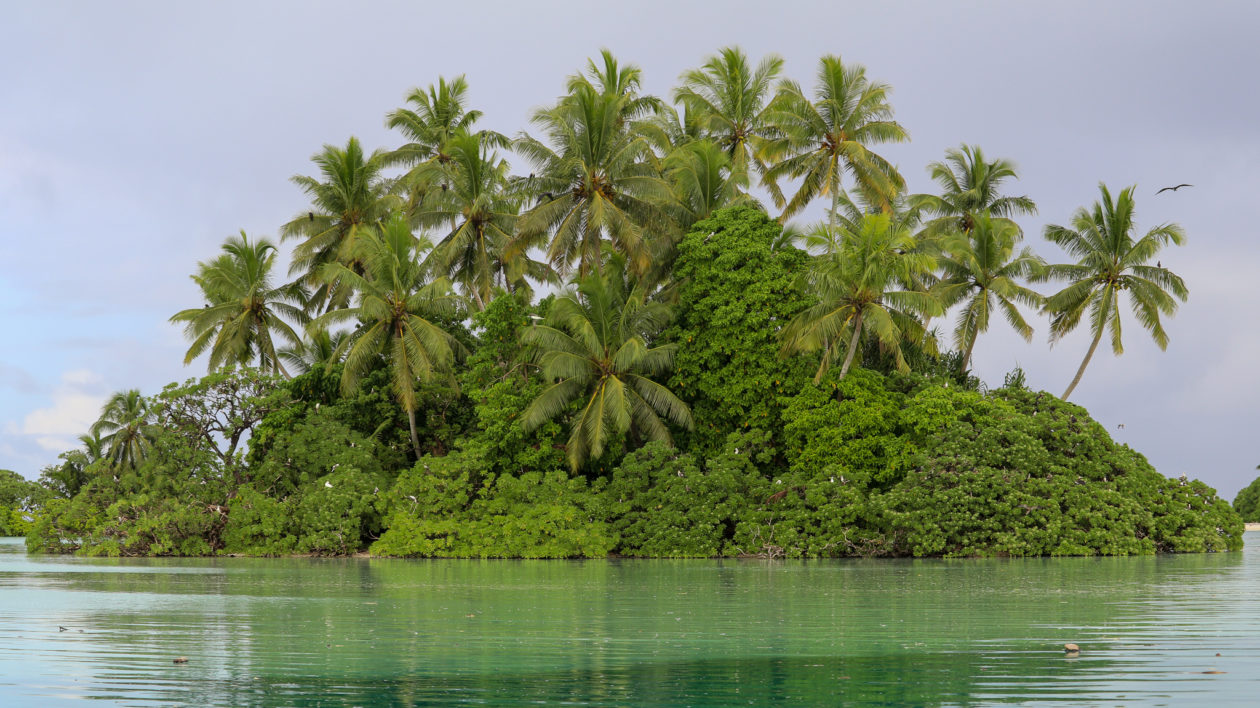
From Puerto Rico to Palmyra
The ecological devastation on Desecheo isn’t unique. “The introduction of invasive predators [to islands] has led to the demise of seabird populations around the world,” says Holmes, “and seabirds are the most threatened of all bird groups.”
With recovery underway on Desecheo, Herrera-Giraldo and his collaborators want to implement similar restoration projects on other islands in the Caribbean.
Meanwhile, Holmes and other TNC researchers are starting a similar bird-disco project on Palmyra Atoll, which was once likely home to colonies of tropical shearwaters, wedge-tailed shearwaters, white-throated storm petrels, and the globally threatened phoenix petrel. Located in the middle of the Pacific, Palmyra is so remote that Holmes suspects the birds might never return without our help.
“But the work on Palmyra isn’t just about the birds, it’s about the whole system,” says Holmes. The birds, and their nutrient-rich poop, are key to restoring the health of the surrounding reefs and making the entire ecosystem more resilient.
Until then, the disco continues on Desecheo. The social-attractant devices will stay out for another two or three years, just waiting for more birds to join the party.
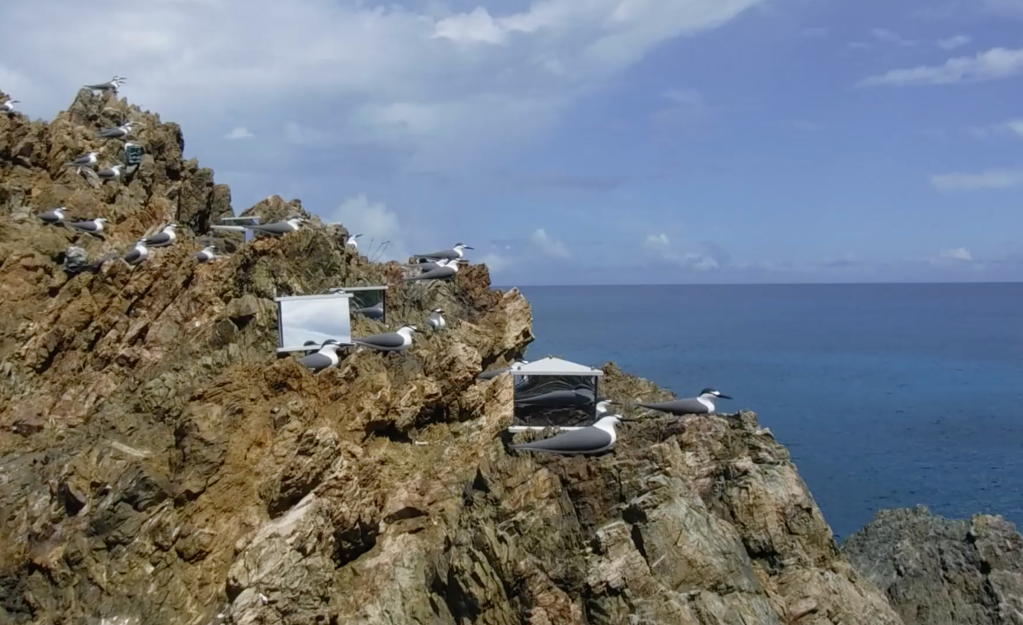



Such a clever idea — I’m so glad to know that ideas like this are still being funded. Keeping my fingers crossed for more birds on the island!
Absolutely impressive and amazing! Thank you all. Mary